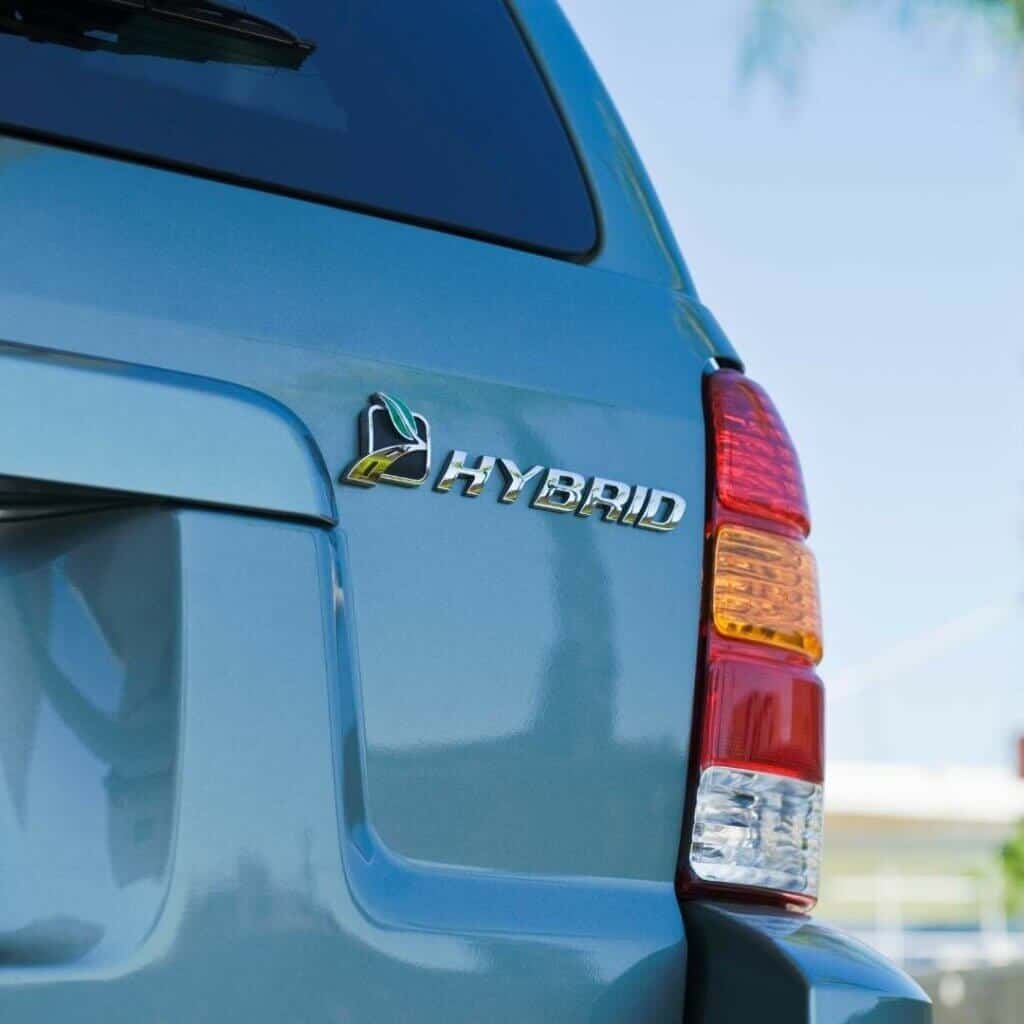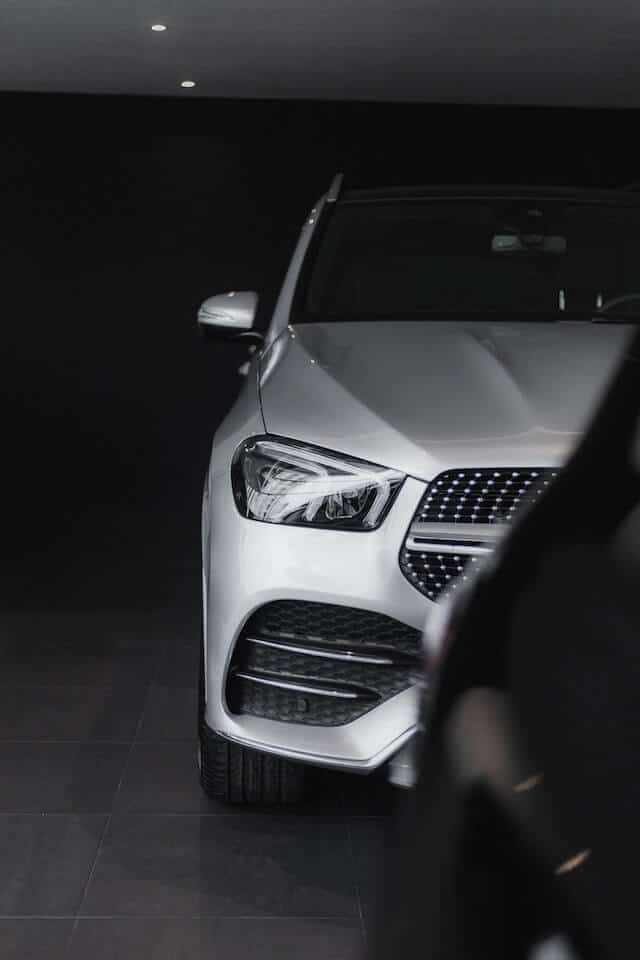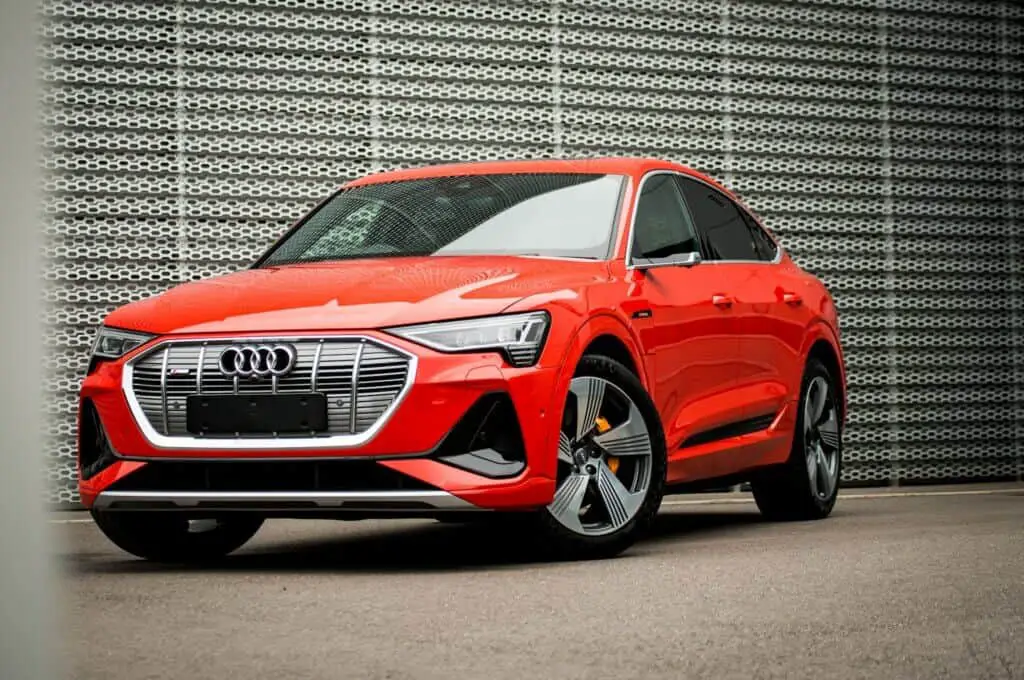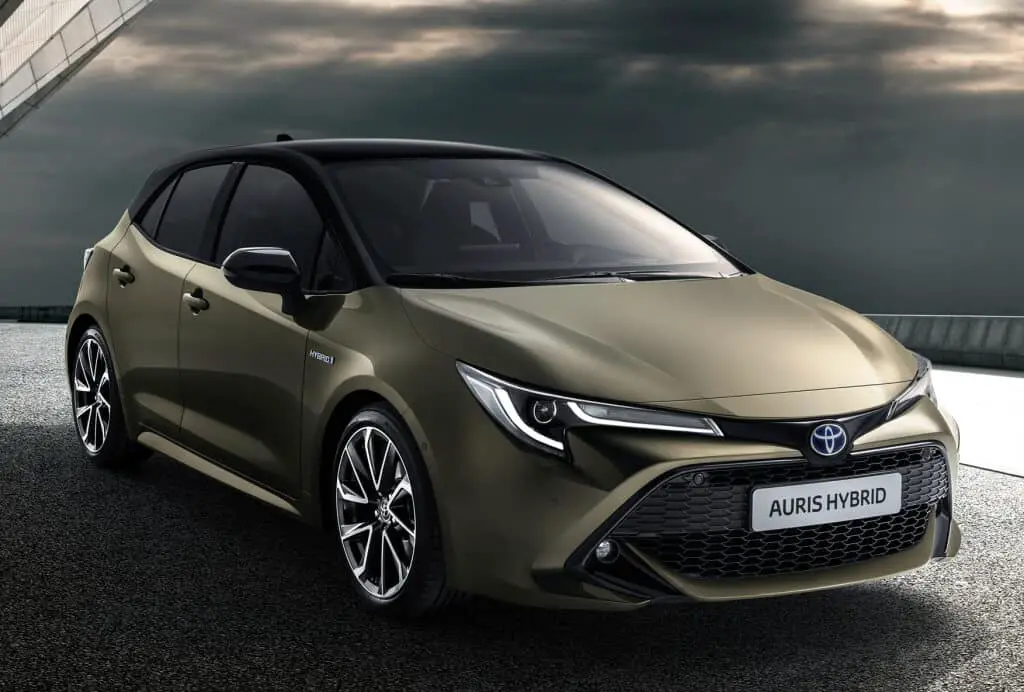Hybrid cars are becoming increasingly popular in today’s society. This popularity is due to their ability to reduce fuel consumption and emissions while still providing the power and performance that drivers expect. Hybrid cars combine traditional gasoline engines with electric motors to create a more efficient, environmentally friendly vehicle.
Hybrid cars are designed to switch between the two power sources depending on the situation. When the vehicle runs on electric power, it uses energy from the battery. When the battery runs out, the car automatically switches to the gasoline engine to power the vehicle [1].
With hybrids engaging together Internal combustion engine (ICE) and EV systems, you can operate without the other, with variable degrees of success. When a hybrid car’s battery runs out, it automatically switches to the internal combustion engine to power the vehicle.
At that point, it will automatically start the battery’s charging process [2]. It will allow the driver to continue to operate the car. This article will explore what happens when a hybrid car runs out of battery and answer the related questions.
What Happens When a Hybrid Car Runs Out of Battery?
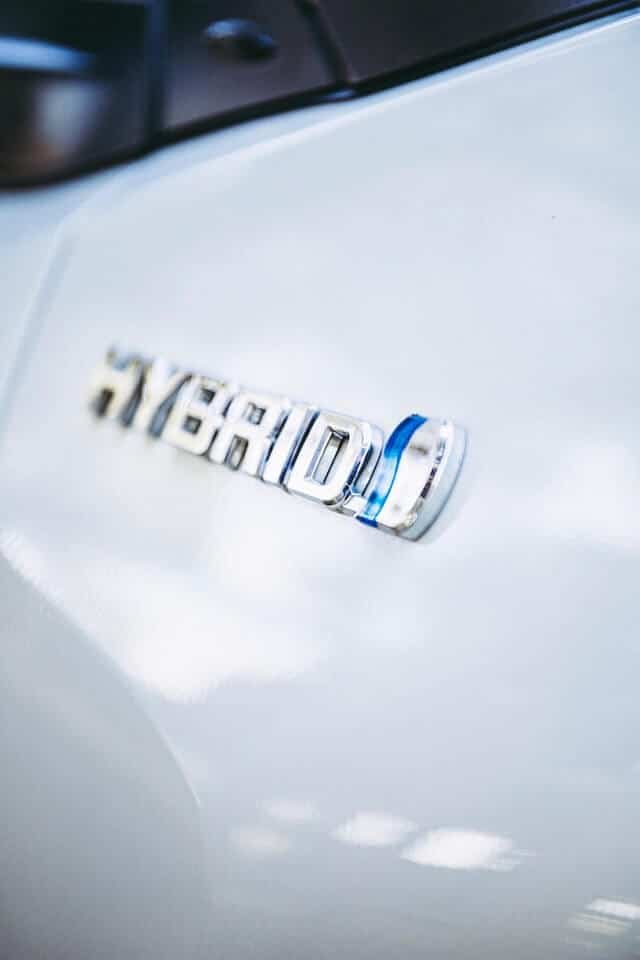
When a hybrid vehicle runs out of battery it will run on gas only. This could impact fuel efficiency as the car will not be able to take advantage of the motor’s regenerative braking or other energy-saving features. In addition, the vehicle’s acceleration and top speed will be affected since the engine will not provide the same power as the motor and engine combination.
How to Start a Hybrid Car with a Dead Battery
While dealing with a dead battery in a hybrid vehicle is much more difficult than in a traditional gas powered vehicle, it’s not as hard as you might think. If the battery in a hybrid car is completely dead, the vehicle cannot start.
This is because the battery is needed to power the electric motor; which in turn starts the engine.
The only option in this case is to start the internal combustion engine. You can do this manually by turning the key in the ignition or using a jump starter if the battery is completely dead. Hybrid vehicles can be jumpstarted just like a traditional gas powered vehicle [3].
Jumpstarting is where you connect your vehicle to a second car with a working battery. This will allow the second car’s battery to power the hybrid vehicle.
Once the jumpstart is complete, the hybrid car’s gasoline engine can start and power the vehicle.
When jumpstarting your car, switch off both cars and everything else that uses power, including your radio, air conditioner, and GPS equipment. Leaving any of those on exposes the vehicle to the risk of electrical damage.
Most hybrid vehicles feature two different batteries. The primary high-voltage battery in the powertrain, serves as the vehicle’s backup power source.
The battery works in concert with the gasoline engine to improve efficiency. The second is a smaller 12-volt battery usually found in the trunk but sometimes beneath the hood. This battery is responsible for starting the car.
If you drive a hybrid vehicle consider familiarizing yourself with the jump-starting options and techniques for your particular model in case you need them. Your owner’s manual is a reliable resource for this kind of knowledge.
Can a Hybrid Car Run without the Battery?
Suppose you want to know if a hybrid vehicle will run well without a battery. The answer will depend on whatever battery you are referring to since a hybrid car has two different batteries. If the 12-volt battery fails, but the high-voltage battery is still operational, you can still use the vehicle [5].
However, you can’t operate the car efficiently if the main high-voltage battery is dead. Without the electric motor, the car is limited in power and performance, and the fuel efficiency will suffer. Additionally, the gasoline engine may not be able to provide sufficient power to move the car.
What Kills Hybrid Batteries?
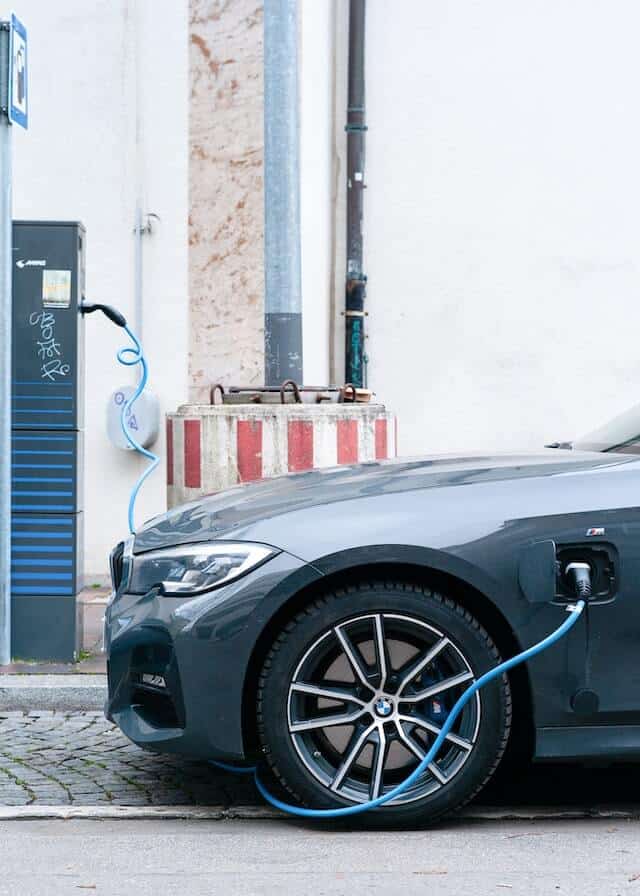
The battery in a hybrid car can last anywhere from 5 to 15 years, depending on the type and model. Most hybrid vehicle producers claim that their batteries can last 80,000 to 100,000 kilometers.
Some hybrid car owners reported that their batteries lasted between 150,000 miles and 200,000 miles with the proper maintenance and basic vehicle repairs [6].
Regular maintenance and proper car use will help extend the battery’s life. However, several factors contribute to the damage and eventual failure of hybrid batteries. Deep discharge is one of the hybrid batteries’ most common causes of death. It occurs when the battery is drained of all its power and cannot recharge.
Other causes include overcharging, mechanical damage, leaving the car idle for too long, not using the car enough, and exposure to extreme temperatures.
Overcharging is unhealthy
Make sure to leave your battery fully charged. Lithium-ion batteries generally perform best when charged to between 30% and 80% of their capacity.
Therefore, increasing the amount of time it spends in that medium range may lengthen the life of your battery. However, this will need some more planning [7].
Your battery experiences stress when continuously charged to full capacity. Only utilize the maximum charge if you need it. Because of this, most manufacturers offer standard charge levels, typically retaining the battery at 80% rather than charging it to maximum capacity.
Do the complete charge whenever you need to, but do it just before you leave for your trip. Leaving a battery at full charge for relatively short periods can affect longevity.
Inactivity kills a hybrid battery.
With all the confusion surrounding COVID-19 quarantines, travel restrictions, and closure of schools, social distancing was a good thing for humankind.
Still, it has proven to be troublesome for some owners to utilize their hybrid vehicles effectively. The travel restrictions meant that most vehicles remained idle for a long time.
According to Dave Callari, a prominent aftermarket hybrid electric vehicle battery pack dealer, “inactivity is a killer for hybrid batteries” [8].
Post-COVID-19 pandemic lockdowns, many hybrid car batteries worldwide were reported to have failed, and others were completely damaged. The batteries often require to be exercised to maintain their optimal performance.
Signs of Hybrid Battery Failure
- Drop in miles per gallon (MPG)
- State of charge fluctuations
- Increased usage of internal combustion engine
- Reduced battery charge
- Strange engine noises
If you detect any of these battery failure symptoms or problems with your hybrid vehicle, you should contact a maintenance expert. The expert will help identify the hybrid car problem and suggest the required remedies.
How to Extend the Life of a Hybrid Battery?

Extending the life of a hybrid battery is possible by taking certain steps to ensure it is properly maintained. Regular hybrid battery maintenance will help you avoid costly battery replacement. To keep your hybrid battery in top shape avoid deep discharges and excessive heat.
Deep discharges occur when the battery is completely drained of power, which can lead to permanent damage and a shorter life for the battery. Avoid leaving your hybrid vehicle for long periods without driving it. You should also consider recharging the battery as soon as it starts running low.
Excessive heat can also reduce the life of a hybrid battery. Battery cells are particularly sensitive to high temperatures [9]. To avoid exposure to excessive heat, ensure that the car is parked in a cool, well-ventilated area when not in use.
Another excellent strategy to prolong the battery pack’s life is to adopt the proper driving technique by avoiding frequent applying of brakes. Instead, use b gear if possible.
Coasting increases battery life by producing kinetic energy and charging the pack while traveling. Accelerating is crucial since it allows the automobile can run on battery for longer. The battery will also be cycled more effectively.
Also, pay close attention to the cooling system. This is because the particular battery pack in most hybrid vehicles is ventilated using air from within the vehicle itself.
Therefore keeping the cooling system in excellent working condition is essential to the battery’s longevity. Finally, you should adopt the right charging method for your battery. Hybrid batteries function best at charge levels between 20 and 80%.
Read Next: Pros and Cons Self Charging Cars
Conclusion
When the battery runs out, the hybrid car will switch to the internal combustion engine for power. This means that it will not be able to take advantage of the electric motor’s energy-saving features.
Additionally, hybrid cars can jump-start like a normal car with a traditional gas engine by connecting the vehicle’s battery to another car’s battery with cables. However, a hybrid vehicle cannot run without a battery as the car will not start without it.
Furthermore, hybrid batteries can be damaged by several factors, such as deep discharge, overcharging, mechanical damage, leaving the car idle for too long, not using the car enough, and exposure to extreme temperatures.
To extend the life of a hybrid battery, avoid deep discharges and excessive heat, adopt the proper driving technique, pay close attention to the cooling system, and use the right charging approach. With the appropriate maintenance, hybrid batteries can last up to fifteen years.
Related: Disadvantages of Plug-In Hybrid Cars

